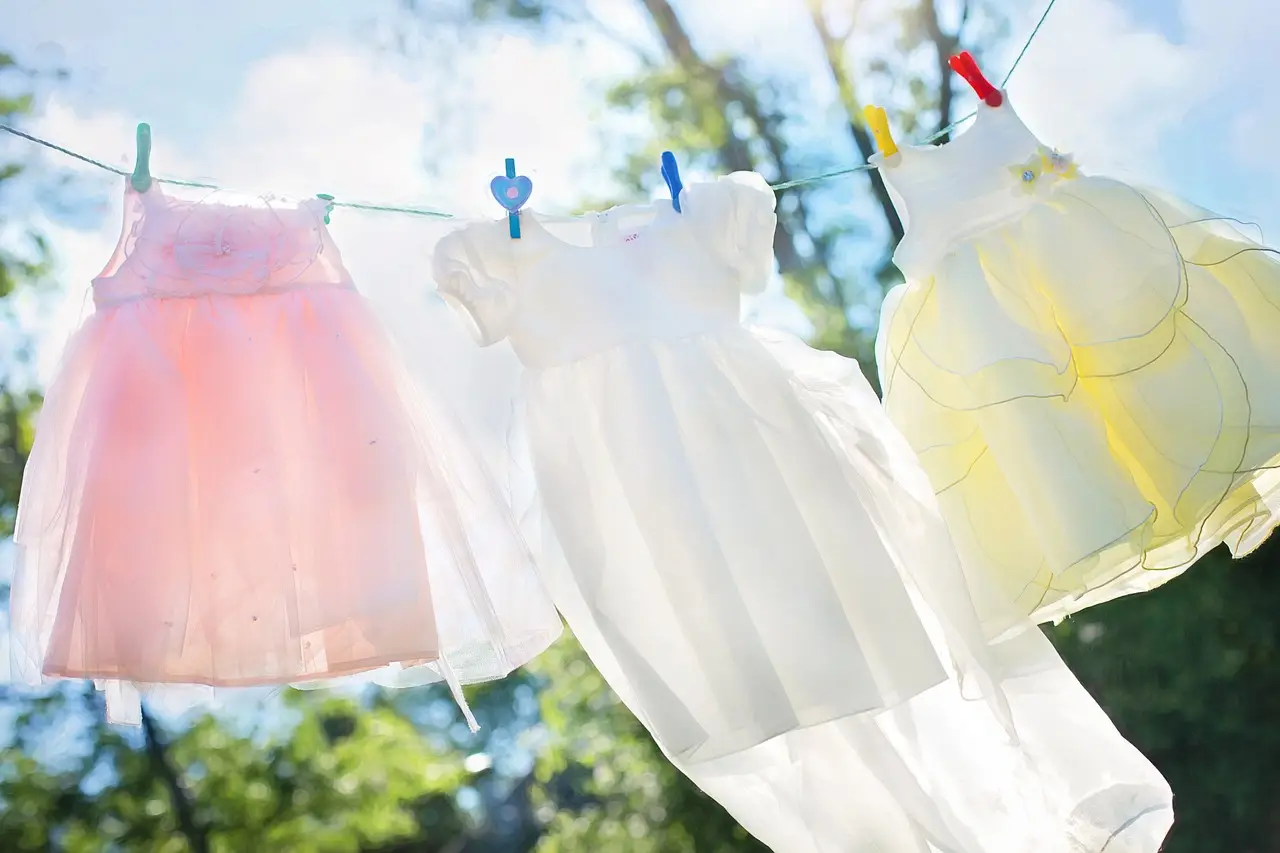Your bedroom is your cozy sanctuary, right? But did you know that invisible enemies could be lurking in your clothes and textiles, posing a threat to your family’s health, especially your children’s?
These culprits are PFAS/PFOS, those perfluoroalkyl and polyfluoroalkyl substances found in many everyday products.
Where Are PFAS Hiding in Our Closets?
- Waterproof Clothing: Jackets, pants, and shoes often get treated with PFAS/PFOS to make them water and stain-resistant.
- Children’s Clothes: Kids’ clothing, including onesies and pajamas, might contain PFAS/PFOS to make them softer and easier to wash.
- Home Textiles: Curtains, carpets, and upholstery fabrics can also have PFAS/PFOS to resist stains and wear.
How Do PFAS/PFOS Contaminate Our Clothes and Textiles?
- During Manufacturing: PFAS/PFOS are used as treatment agents for fabrics.
- During Washing: These chemicals can be present in laundry detergents and fabric softeners.
- Through Wear and Tear: PFAS/PFOS can shed from clothes and textiles, ending up in dust.
How Do PFAS/PFOS Enter Our Bodies?
- Inhalation: This is the primary way we absorb PFAS/PFOS in the air, especially while vacuuming or changing clothes.
- Ingestion: PFAS/PFOS can settle on surfaces and be accidentally ingested, particularly by children who put their hands in their mouths.
- Skin Contact: Direct contact with contaminated clothes, textiles, or dust can lead to PFAS/PFOS absorption through the skin, especially sensitive skin like that of children.
What Are the Health Risks?
Scientific studies have linked PFAS/PFOS exposure to various health issues, especially in children:
- Delayed growth and development
- Thyroid problems
- Immune system disorders
- Behavioral and learning difficulties
- Increased risk of certain cancers

Why Are Children More Exposed?
- Lower Body Weight: This means the same amount of PFAS/PFOS has a more significant impact on their health.
- Developing Immune System: They are more vulnerable to the harmful effects of chemicals.
- Frequent Contact with Treated Textiles: Kids’ clothes are often more colorful and waterproof than adults’, increasing their exposure to PFAS/PFOS.
For more on why children are particularly at risk, read our dedicated article.
How to Protect Your Family
- Choose clothes and textiles made from natural materials.
- Wash new clothes before wearing them.
- Opt for PFAS/PFOS-free detergents and fabric softeners.
- Vacuum with a HEPA filter to capture PFAS/PFOS in dust.
- Regularly air out your home to refresh the indoor air.
By taking these simple steps, you can help reduce your family’s exposure to PFAS/PFOS and safeguard their health.
Remember, the invisible enemies in your closets are not invincible. By staying informed and adopting simple habits, we can protect our families and provide a healthier environment.
Feel free to share this article with friends and family to raise awareness about the dangers of PFAS/PFOS.



